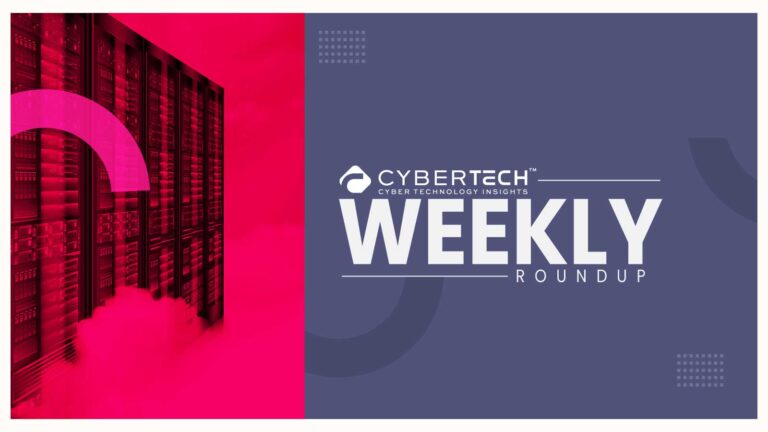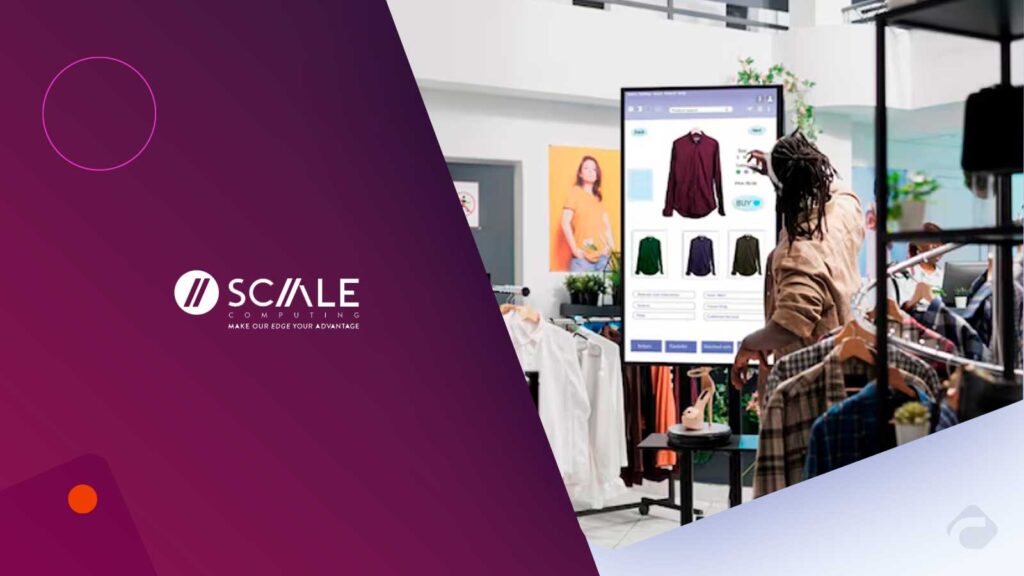Security Operations Centers (SOCs) are a mainstay in enterprise cybersecurity. But come 2025, SOC teams are under incredible strain. Rising levels of sophisticated events, more alerts than ever, and an ongoing shortage of qualified and capable analysts have disrupted SOCs. It has also disrupted SOC personnel’s operations with challenges like alert fatigue, response times, and operational costs.
That is where generative artificial intelligence (AI) comes into play, not as a futuristic thought experiment; but rather an actual and real phenomenon fundamentally changing the manner in which SOCs work; reducing the amount of effort SOCs need to expend on the execution tasks like analyzing alerts, or performing threat hunts; enabling organizations to move from reactive to proactive defense. This new form of automation enhances tasks already performed by previous generations of products. Also, it does not just process data; instead, it understands the data, summarizes it, and then provides context. This enables the organization to make faster and more accurate decisions.
What Generative AI Means for SOCs Operations
Generative AI refers to models, such as large language models (LLMs). These can generate unique text, code, or summaries based on large data sets. In a SOC context, these models act as intelligent partners. They explain complex incidents, draft incident reports, and recommend remediation in a natural spoken tongue.
This differs from traditional AI, which almost always focuses on classification or prediction-based approaches. Generative AI can create human-readable narratives about threats. It also translates stakeholder questions into implicit complex search logic. Eventually, it also summarizes whether logs or security alerts are relevant or not. It does that without the analyst reviewing raw data. As long as the desired output is possible in the original raw data. In short, this is essentially a context engine for security teams.
Key Ways Generative AI is Reshaping SOCs in 2025
Speeding Up Threat Detection and Organizing
Data overload for today’s SOCs. Every endpoint, application, and network appliance generates telemetry, and much of it is irrelevant noise. Generative AI can help by quickly identifying patterns and anomalies, and then filtering them before sending them to an analyst.
The 2025 IBM Security Trends Report found that false positives were as much as 45% lower in SOCs where AI-assisted detection was part of the process. This lets analysts spend more time on actual threats. In large organizations, where there are millions of events to be processed every day, this is a huge win and translates to reducing mean time to detect (MTTD) and spending less time for human analysts on tasks that could be done strategically.
Automating Incident Analysis and Reporting
Once an incident is detected by an analyst, it can take hours to correlate logs, map the kill chain, and create a report for executives or the compliance team. Generative AI will impact this process by automatically collecting relevant details. It provides an automated summary of events and even drafts general reporting for all the stakeholders.
Gartner predicts that by 2027, there will be 40% of SOC reports will be created with the assistance of AI. This is resulting in a decrease in reporting time by up to 70%. Early adopters are beginning to see this become a reality. The AI copilots in Microsoft Sentinel and Google Chronicle provide complete narratives for incidents in seconds, rather than taking days to compile a report manually.
Improving Threat Hunting Through Contextual Intelligence.
Threat hunting at its core has historically required the skills and instincts of experienced security analysts. While this expertise is irreplaceable, the benefits of generative AI are that it can quickly correlate threat intelligence from a range of sources, identify patterns that individuals may overlook, and offer leads with contextual meaning.
A 2024 SANS Institute survey of AI-enhanced threat hunting indicated a 38% increase in detection-based advanced persistent threat, compared to human effort alone was a remarkable enhancement. This means that, by eliminating time to complete initial data correlation, generative tools allow threat hunters to focus their time and efforts on investigation and containment strategies, rather than data collection.
2025 Trends and Case Examples with Their Measurable Effects
The use of Generative AI in SOCS is no longer a theoretical exercise. Splunk’s AI assistant now interprets natural language queries, auto-generates correlation searches, and drafts summaries of investigative findings, thereby accelerating analysis and reducing human error. The Cloud Security Alliance has highlighted an advance from reactive to proactive SOCs in which AI not only responds to alerts but also anticipates threats and potential breaches based on contextual patterns.
Hitachi’s AI-enabled SOC framework has shown up to 30% improvement in incident response time in trials, thereby resolving higher-priority threats sooner while spending less time on lower-level triage. This further development is more than just operational efficiencies. In practical terms, it is changing the workplace role of human analysts from reactive responders to proactive defenders.
Challenges and Risks SOCs Leaders Must Address
Over-Reliance and Hallucinations
Generative AI can be a powerful tool for SOCs, but there will always be limitations to the models. Models have the ability to “Reimagine”, which essentially means they can produce valid but incorrect conclusions. If models are fed incomplete data and biased inputs, without the guidance or oversight of a human, they can produce erroneous conclusions that can lead to misprioritizing or miscommunicating an incident.
Trust and Accuracy
In a 2025 industry survey, 11% of SOC professionals said they trust AI implementations to make mission-critical decisions. In order to build trust, there will need to be a lot of validation to build trust, and human-in-the-loop processes to govern trust.
Data Privacy Concerns
Leveraging AI in SOCs will inevitably generate sensitive logs and telemetry that AI models process. If the AI models are not appropriately trained and cannot be safeguarded for privacy issues, there is a big risk that confidential data can be exposed through the generated output.
Skills Gap
Just as the SOC becomes AI-augmented, it will create a skills gap in the SOC analysts who will have to add knowledge and skills in AI oversight, prompt engineering, and model evaluation to their skill set. These roles did not exist in the mindsets of traditional SOCs.
Building the AI-Ready SOCs
Generative AI should be adopted in stages, starting from low-stakes use cases like incident report generation, before moving to more high-stakes use cases, such as automated triage and remediation recommendations.
Leadership needs to invest time in ensuring analysts can not only work with AI tools, but can do so while maintaining their ability to think critically and the capability to verify the AI recommendations.
A governance framework to clearly articulate when the AI-produced outputs can be trusted, and when human review is expected. The Cloud Security Alliance takes a similar formalized approach, calling out AI ethics in the context of cybersecurity, recommending that SOC leaders build audit trails, acknowledge biases in training data, and examine explainability in AI-enabled decisions. Organizations taking the discipline would be best postured to move from reactive security to proactive, intelligence-led defense.
From Reactive Triage to Proactive Defense
Generative AI is already changing the way SOCs operate – reducing noise, speeding up analysis, and creating more opportunities for proactive defense opportunities. However, the real strength of Generative AI is not substituting human analysts – it’s empowering them.
CISOs and SOC Managers should recognize the opportunity. Utilize AI with intent, combine it with human knowledge and skills, and develop a SOC that is as fast, but smarter and resilient in an evolving threat landscape in 2025.
Frequently Asked Questions
1. What is the difference between generative AI and typical SOCs automation tools?
Generative AI is able to generate a human-readable narrative, convert plain-language queries into more complex searches, and synthesize context from different sources — things that rule-based automation cannot do.
2. What will it cost to implement AI in SOCs in 2025?
Prices will depend on the vendor and size of the implementation. For a pilot, it’s a low six-digit number with licensing, computing costs, and training.
3. How can SOCs teams stop AI from generating inaccurate threat analysis?
Ensure there is still human in the loop validation, tune models with domain data, and fix thresholds or metrics for automated decisions.
4. Will generative AI replace human SOC analysts?
No. AI will provide an assistant for SOCs and help wrap up repetitive tasks. Think of AI as the SOC strategist who will let analysts focus on strategic decision-making, threat hunting, and leading incident response.
5. What is next for SOCs using generative AI over the next 3–5 years?
Expect deeper integrations of tools, better autonomous orchestration of workflows, more contextualization in real-time, and the start of AI-native SOC architectures.







